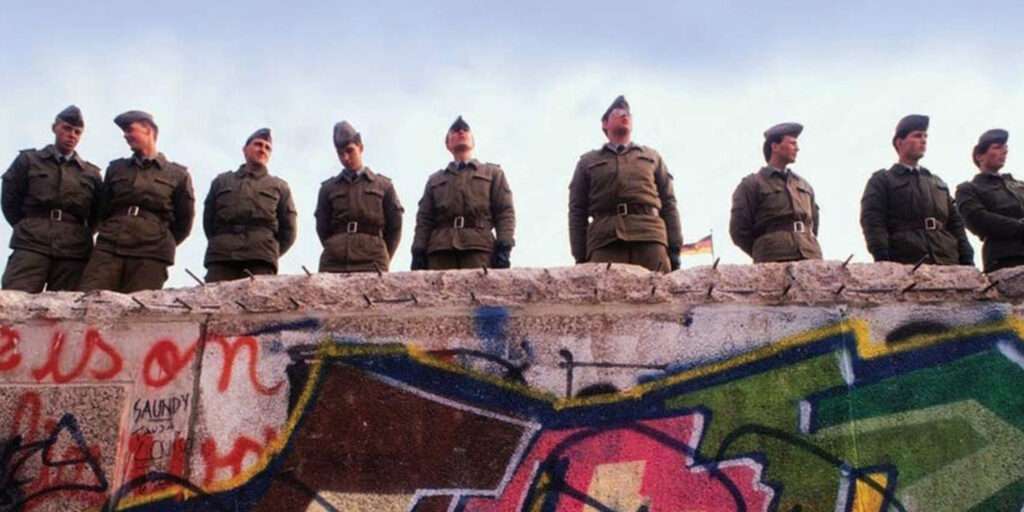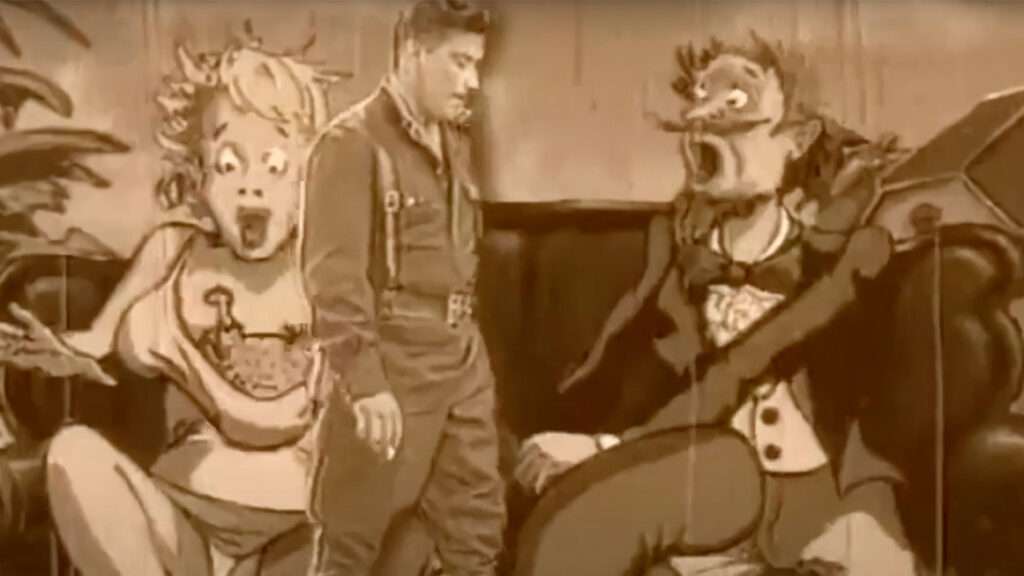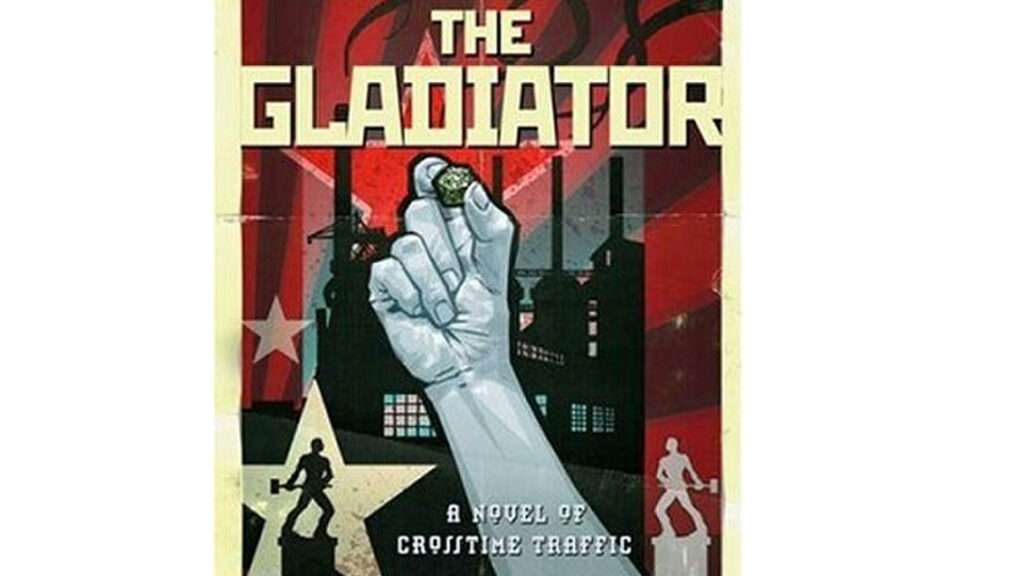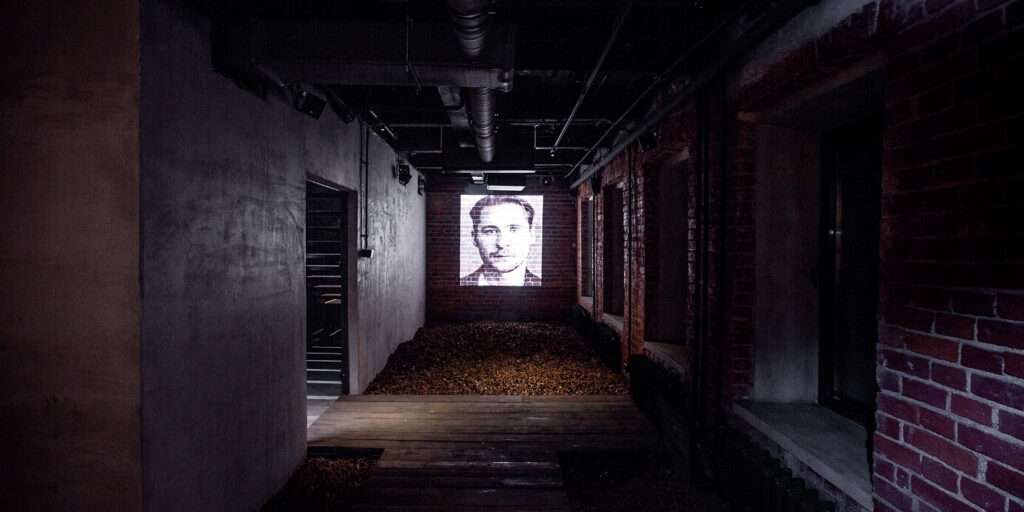FILM
Star Trek VI: The Undiscovered Country
Peter Suderman
Star Trek VI: The Undiscovered CountryThe only thing that can stop peace from happening is those who would benefit from it.
Gene Roddenberry was the first to create it in 1960s. Star Trek had always been a thinly veiled Cold War metaphor, with alien Klingons acting as stand-ins for the Soviet empire, and with the Federation that the show’s heroes belonged to an obvious match for the Western democratic world. However Undiscovered Country This metaphor was expanded, which resulted in a significant point for the franchise. The picture still feels relevant to this day.
Released in the winter of 1991, the movie tells the story of how the Klingon empire collapsed, due to mismanagement, resource shortages, and a cultural emphasis on preserving appearances to outsiders—even when doing so was disastrous to citizens. In the movie’s opening, the Klingon mining moon explodes and there is environmental destruction on the Klingon homeworld. With the perpetual war footing the Klingons had maintained vis-à-vis the Federation no longer viable, the Soviet stand-ins decide to pursue peace.
While diplomats attempt to negotiate a deal, both sides’ hardliners work together, sometimes even in secret, to continue the conflict. Undiscovered CountryThis is the story about how difficult it can be to end a war even when both parties want its ending.

BOOK
Stasiland
Fiona Harrigan
The West began to learn the secrets of East Germany after the fall of the Berlin Wall in 1989. The horrors of the German Democratic Republic (GDR), Ministry for State Security, also known as Stasi were key. They kept the country under strict surveillance and allowed the socialist regime to cling onto power.
Australian author Anna Funder’s Stasiland was published in 2002, more than a decade after the GDR ceased to exist. But the story she told involved a nation still recovering from a government that terrorized its citizens—and convinced them to terrorize each other.
The Stasi relied on 97,000 employees and over 173,000 civilian informers to maintain its inescapable surveillance network—possibly one informer for every 6.5 citizens, if part-time collaborators are included. Participation in the system was rewarded with many incentives. Dissidents were denied employment, jailed and tortured.
Stasiland deftly explores the East German surveillance system, but what lingers with the reader are the human stories of the nation’s captive citizens. The widow, who wants to find out how her husband died in prison; the ex-Stasi agent, who is convinced that the socialist regime can rise again; and the East Germans with a strong sense of belonging in new Germany.
Funder doesn’t treat the GDR story as a scary tale with a neat ending. When looking back at East Germany, it is important to see the destruction as wounds that have to be healed and not forgotten as distant memories. The weight of years of mistrust and antagonism imposed by the state on modern Germans is still felt.

MUSIC VIDEO
America, don’t fool around
Jesse Walker
North America is separated from Alaska by a machine gun. Under portraits of Lenin or Stalin, a crowd marches. Unfamiliar Uncle Sam looks down at a little girl’s gown. Soldiers dance. The flickering fragments of Soviet propaganda films are a blur. A fish appears from behind a wall at one point. It is all rendered in the same part-animated, part photographed style as was popular during the early ’90s.
This is the video for “Don’t Fool Around, America”, a surreal hit for Lyube’s 1992 Russian band Lyube. The song—half rock, half Slavic folk music—calls on the U.S. to give Alaska back to Moscow. They sing, “We have lots of red fabric/We will sew shirts to all of you brothers.” Or something similar: This is a rough translation from an online source. Siberia is similar to Alaska/Bathhouses and accordions, as well as salmon and vodka.
It’s a joke, of course—though given when it came out, just a year after the USSR dissolved, you might suspect there was a hint of imperial nostalgia to it too. Since America’s infancy, Russians have done the joking-not kidding thing for centuries. Our Russian hosts performed an instrumental version at the Sochi Olympics’ closing ceremony, in 2014. This was as Washington and Moscow became at odds over Ukraine. Ha ha!

DOCUMENTARY
The Monsters of Moscow: For those About to Rock
Christian Britschgi
Not with a bang, but with loud guitars was the end of USSR. It’s what you get when one sees it. The Monsters of Moscow: For those About to RockA 1992 documentary about the 1.5 million-strong heavy metal concert held at Tushino Airfield, just three months after the Soviet Union was officially disintegrated.
It’s worth the effort to see the movie, especially for those who don’t want to watch 90 minutes of AC/DC, Metallica or Pantera performances. You can’t help being amazed to see a million Muscovites moshing openly with vodka bottles, while the military helicopters buzz overhead.
Pantera’s frontman Phil Anselmo summarizes the scene well. He says, “Everyone is aggressive,” while he watches footage of an officer using a rubber trowel. “There is no better music than this to release some steam.”
However, there are some people who let off steam that are better than others. This film’s insights about the attitudes of authorities toward citizens during a pivotal time in Russian history, adds to its historical weight. The August 1991 failed coup against Mikhail Gorbachev, the liberalizing Soviet leader, saw violent street clashes among protestors and the police. But the emotions of those events were not over until the concert a month later. The footage shows that organizers keep urging people to stay peaceful while they enjoy “victory”, and cops beating each other.
One can see the Russian disintegration of unified power as chaotic authoritarianism by watching police officers, who are supposed to be there to maintain order, charge towards the crowd, or take off their uniforms and rock out.

FILM
Charlie Wilson’s War
Stephanie Slade
The film from 2007 Charlie Wilson’s War suffers from a storytelling flaw: It’s a little too true to life. On the one hand, Operation Cyclone—a covert U.S. program to arm Afghanistan’s mujahedin against their Soviet occupiers during the 1980s—resulted in many dead communists and the withdrawal of the Red Army. The country plunged into civil war and the Taliban emerged.
A significant part of President Ronald Reagan’s Cold War strategy was to provide military support for the Third World foes of the USSR. As Charlie Wilson shows, the short-term payoff could be high. It can be argued that the Evil Empire was defeated by it.
The movie acknowledges, however that it is impossible to control the long-term consequences of interfering in others’ conflicts. Tom Hanks plays late Rep. Charlie Wilson (a Texas Democrat who was an early supporter of the program), and says about America’s foreign interventions that “that ball keeps on bouncing.”
The film’s ambivalence might be good history, yet it risks leaving viewers longing for something to cheer for at the end—and reminding them that, outside of Hollywood, such stories frequently have no true end.

NOVEL
The Gladiator
Katherine ManguWard
How would it be if the Soviet Union had won the Cold War, and American-style capitalism was almost extinct? This is the idea of Harry Turtledove, alt-history master. The Gladiator. Published in 2007, his Prometheus Award–winning novel places the fulcrum of its dark timeline somewhere around the Cuban Missile Crisis, setting up a communist cascade across Latin America, Asia, and Europe.
This book is part Turtledove’s Crosstime Traffic Series, where economically manipulative chrononauts appear in various parallel universes. This book is available in English. The GladiatorThese Nockian Remnants are time-travelling guardians of multiverse markets and serve as an effective function.
The young protagonists are languishing in shared squalor in Italy when they encounter a board game about railroads and free enterprise in a gaming shop secretly run by visitors from a parallel universe—an idea perfectly calibrated for the intended audience of teens who love a good dystopia but may not have any memories of the battle with communism in our own timeline.

MUSEUM
Gulag History museum
Ronald Bailey
Just outside Moscow’s Garden Ring Road is the Gulag History Museum. It somberly remembers 15 to 18 millions Soviet citizens who were imprisoned or killed by the communist regime. Gulag is a Russian acronym for Chief Administration of Corrective Labor Camps and Colonies. Only dictator Josef Stalin died in 1953 and the system’s 300 prisons were shut down.
The Soviet Union, now gone, would not have permitted the construction of a museum that “allows people to study, comprehend, and freely discuss the past of the USSR’s mass repression.” Visitors are able to see the violence of communism in the collection of wooden and battered iron cell doors. The other artifacts are the tools used by prisoners to work, as well as their worn-out uniforms and shoes that were not suitable for Russian winters.
Through photos, documents, interactive video and other media, the museum recounts the stories of individual prisoner families. Listen to Gulag survivors’ stories of their horrific imprisonments and dark lives in camps. All of this information can be translated into English. This is a good thing, because the mentalities behind systematized oppression do not belong to any one country or person.

